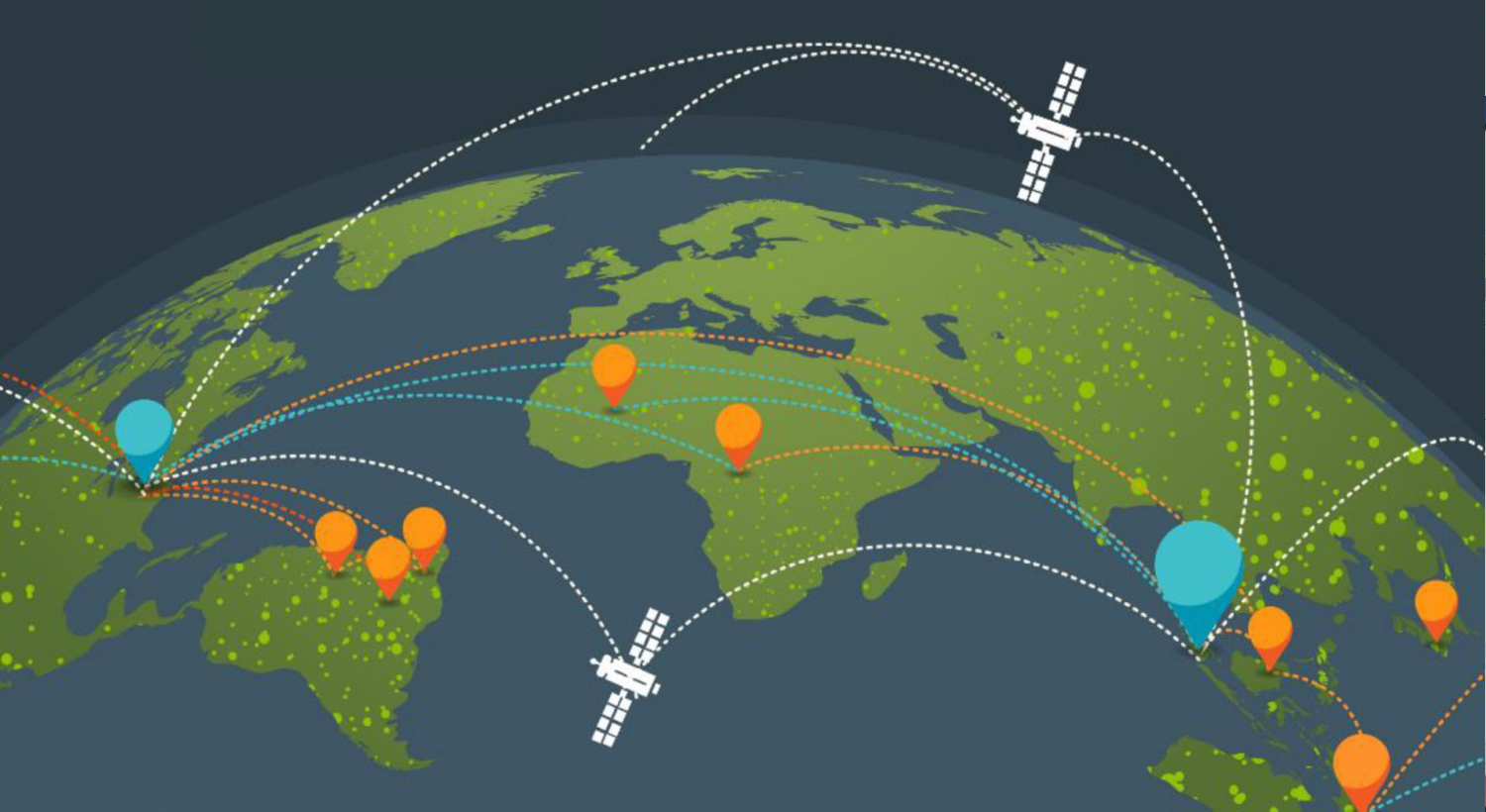
Time to Beat the Heat: How methane disclosure can help cool the planet
The summer may be over, but the heat isn’t – 2025 is on track to be the second or third hottest year on record, continuing a trend of temperature highs that push people, ecosystems, and infrastructure to their limits. One thing is clear: the climate crisis isn’t a distant threat. It’s here, and it’s getting worse. While carbon dioxide often takes center stage in climate discussions, there’s another culprit we need to talk about: methane.
Methane Moment
Methane is a “superheater” greenhouse gas; responsible for 30% of the world’s warming since the industrial revolution. When it is released into the atmosphere, methane has a climate warming effect 86 times greater than carbon dioxide – but only for a short time -methane breaks down after about 12 years. The fact that methane hits our climate hard and fast is a challenge, but it also presents an opportunity. Methane’s short lifespan means that reducing emissions today can have positive effects in just over a decade.
Methane reduction is such a critical component to prevent the worst impacts of climate change that nearly 160 countries have signed the Global Methane Pledge; agreeing to reduce methane emissions by 30% by 2030. According to the United Nations Environment Programme, “rapidly reducing methane emissions… is regarded as the single most effective strategy to keep the goal of limiting warming to 1.5˚C within reach.”
The Methane Hiding in our Food System
Animal agriculture is responsible for 32% of man-made methane emissions. This is primarily due to enteric fermentation – or the digestive process of ruminants (cattle, sheep, goats, etc.). The management of livestock manure is another major source of methane emissions, as is the production of rice. That means food companies — especially those producing, selling, or sourcing meat, dairy, or rice — have an outsized role to play in the methane fight. Measuring and disclosing these emissions is the first step to tackling them.
Why Methane Disclosure is a Hot Topic
Many major food companies calculate and report on their greenhouse gas emissions. But they usually roll methane into a single carbon dioxide equivalent (CO2e) figure, masking the short-term heat-trapping power of methane.
Disclosing methane separately:
- Gives a truer picture of short-term climate impacts.
- Shows customers and investors that a company is serious about science-based action.
- Lays the groundwork for a credible methane reduction strategy.
Companies that lead on environmental transparency are already reaping the rewards. A study by Harvard Business Review found Gen Z and Millennials are 20% more likely to buy from brands they see as transparent and climate-conscious. Investors, too, are increasingly demanding clear and accurate climate risk disclosures — methane included.
Retailers Can Lead the Way
Retailers and supermarkets are uniquely positioned to drive down methane emission. To make maximum impact they should:
- Disclose their methane emissions
- Commit to a reduction target of at least 30% by 2030 in line with Global Methane Pledge
- Promote plant-based alternatives for meat and dairy by committing to a 60:40 split between plant-based and animal proteins.
Switching to more sustainable and healthy plant-based diets could cut an individual’s carbon footprint by up to 2.1 tonnes annually — one of the most impactful climate actions a person can take. Supermarkets can play a big role in helping consumers make that transition.
The stakes — and the opportunity
As the heat rises, so does the urgency to act. Methane disclosure isn’t just a technical accounting exercise — it’s a critical first step to solving one of the most immediate drivers of global warming. By disclosing methane emissions, retailers and supermarkets can begin to address to methane problem hiding on the shelves. If we want to beat the heat — not just this summer, but for decades to come — it starts with methane.


